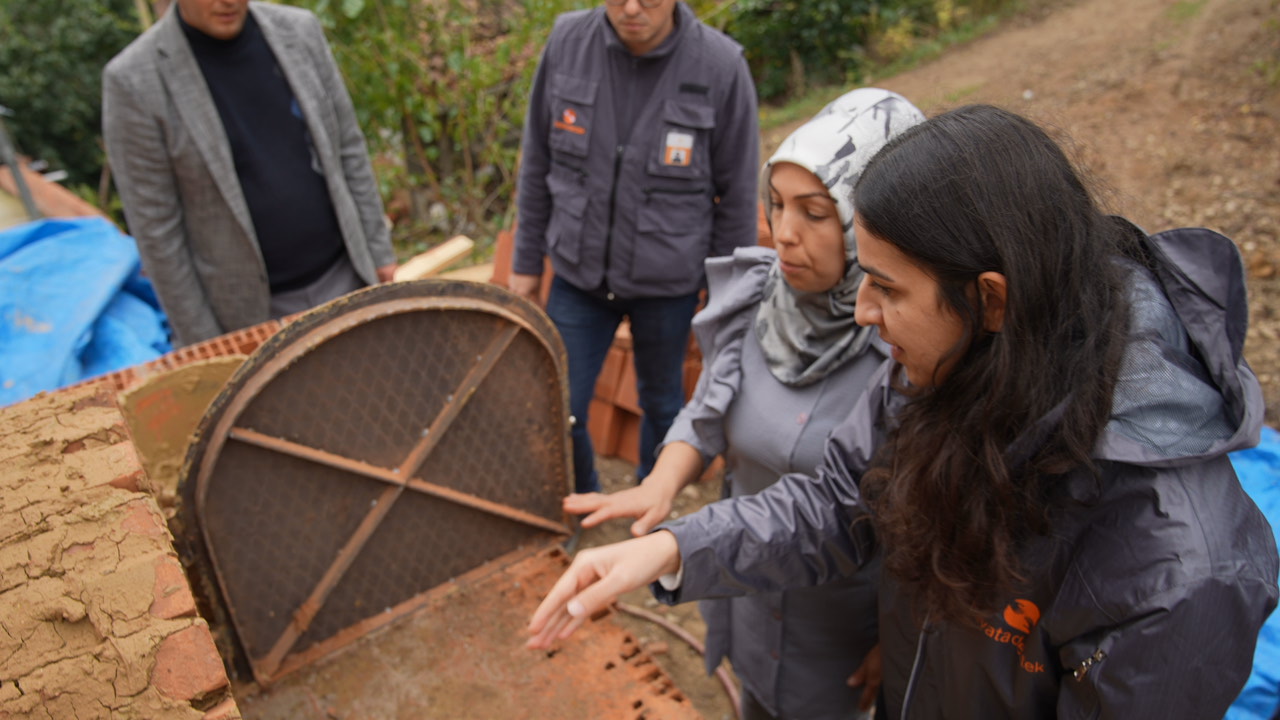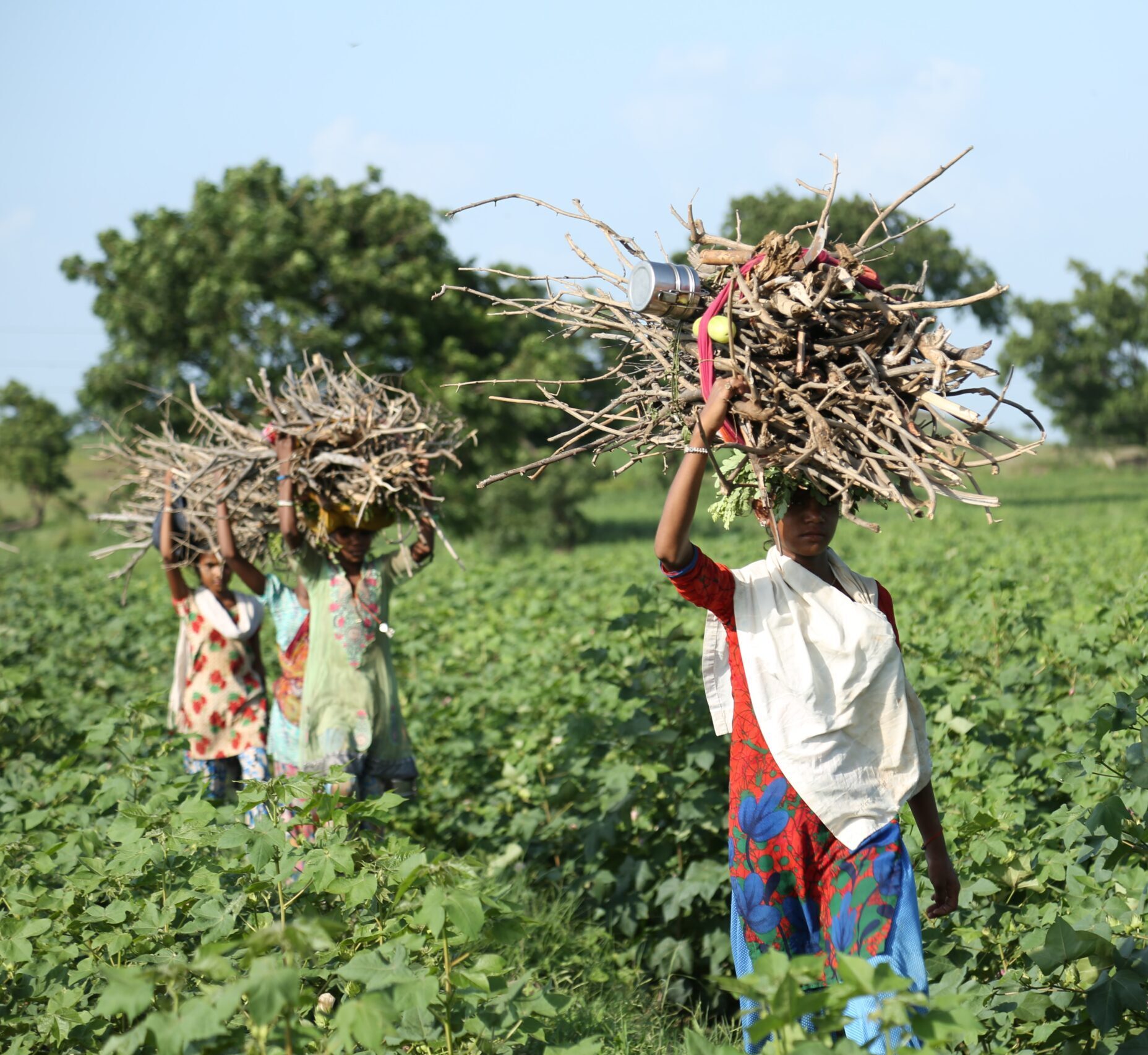What we’re watching: Weekly disaster update, May 22

We know all too well that disaster can strike anytime, anywhere in the world. Some disasters make headlines; others do not. Here at the Center for Disaster Philanthropy (CDP), we monitor the status of disasters worldwide and compile a list of the ones we’re tracking weekly, along with relevant disaster-related media coverage.
Here’s what we’re watching for the week of May 22, 2023.
New or Emerging Disasters
Flooding – Italy: Torrential rains in Italy’s Emilia-Romagna region caused flooding and significant damage to dozens of towns. The floods displaced more than 36,000, and at least 14 people died. As many as 27,000 people were without electricity, and farmland and livestock were destroyed in one of Italy’s most important agricultural regions. The flood destroyed at least 400,000 tonnes (400 million kilograms) of wheat, and the region’s fruit harvest may have been ruined.
Six months’ worth of rain fell within 36 hours across Emilia-Romagna. The floods caused more than 305 landslides, damaging or closing off 500 roads. The disaster prompted Prime Minister Giorgia Meloni to return early from the G7 summit in Japan to visit the affected region, pledging recovery support.
Across Europe, countries’ social contracts with their citizens mean that the state is responsible for protecting people, property, environment and cultural heritage, which extends to disaster response and recovery. Therefore, the role of philanthropic and nonprofit organizations in recovery is often different than in the U.S.
In addition to government officials and resources being deployed, thousands of volunteers from across the country arrived to help clear debris and deliver supplies.
Extreme weather events have increased in Italy, a country deemed particularly vulnerable to climate crises. Earlier this year, a drought dried out the land, reducing its capacity to absorb water. In the aftermath of the floods, climate activists blackened Rome’s Trevi Fountain (also known as Fontana Di Trevi) with charcoal, calling for the end of public fossil fuel subsidies.
Flooding – Balkans: Heavy rainfall in the Una and Sana basins led to flooding across regions of Bosnia and Herzegovina. Approximately 10,000 people have been affected by the flooding, with 10 sustaining injuries. Local authorities say around 800 buildings have been flooded in Bosanska Krupa.
Croatia’s State Hydrometeorological Institute reported more than 10 inches (256.4 mm) of rain fell in 24 hours in Gračac in Zadar County, the highest since records began in 1960. Several buildings in Obrovac were flooded after the Zrmanja River overflowed on May 14-15. Croatian Prime Minister Andrej Plenkovic said the government would provide necessary funding and aid. Around 300 army troops were deployed to help people and strengthen flood defenses. Emergency crews were bringing food to people stuck in their homes.
Previous/Ongoing Disasters
Cyclone – Bangladesh and Myanmar: One week after Cyclone Mocha, one of the strongest storms to ever hit Myanmar, a clearer picture of the depth of destruction is emerging. The cyclone is estimated to have claimed the lives of more than 400 people in Myanmar, according to Myanmar’s shadow National Unity Government. Still, the actual death toll is expected to be higher.
The United Nations Office for the Coordination of Humanitarian Affairs (UNOCHA) says 5.4 million people are estimated to have been in the storm’s path across Rakhine State, Chin, Sagaing and Magway in Myanmar. Sittwe and Rathedaung are the hardest hit areas in Myanmar’s Rakhine State, with significant shelter damage across all communities. Destruction of public infrastructure, including water systems, continues to limit access to clean drinking water in Rakhine State, increasing the risk of waterborne diseases.
Myanmar’s military junta has been preventing humanitarian access to some cyclone-affected areas of Rakhine State, but some humanitarian partners with existing approval have been providing assistance.
On May 21, UNOCHA said, “Based on discussions in Nay Pyi Taw, humanitarians will soon be sharing a detailed, two-week distribution plan, for approval, outlining support that is ready to be provided to across all affected communities in Rakhine and Chin.”
Before the cyclone, around 1.8 million people were internally displaced, and Myanmar’s 2023 Humanitarian Response Plan was less than 10% funded.
In Bangladesh, initial assessments show significant damage to the camps hosting approximately 930,000 Rohingya refugees. The cyclone’s impact on shelters and community facilities there is putting already vulnerable families at greater risk for the upcoming monsoon season.
For more, see our Cyclone Mocha disaster profile.
Wildfire – Canada: On May 21, there were 87 active fires in Alberta, according to The Canadian Interagency Forest Fire Centre. Dry weather and shifting winds in western Canada elevated the risk of spreading wildfires last week, where thousands were forced from their homes. Some rains and smoke cover cooled air temperatures and helped efforts to fight the fires in Alberta over the weekend. However, the heavy smoke also limited the ability to fly firefighting aircraft.
In British Columbia, which has also experienced wildfires, a blaze led officials to order the evacuation of an area near Tzenzaicut Lake. Waves of smoke from wildfires burning in western Canada continue to move south, impacting heavily populated areas as far away as Colorado. Smoke plumes prompted health officials to issue air quality alerts in Colorado and a half-dozen other U.S. states last week.
Public Health Emergency – Global: The World Health Organization (WHO) on May 11 said mpox, formerly known as monkeypox, no longer presents a public health emergency of international concern because of a significant decline in the number of reported cases globally and countries are better equipped to respond. However, the announcement does not mean a threat does not exist.
The Centers for Disease Control and Prevention has warned of a “substantial” risk of renewed mpox outbreaks in the U.S. Demetre Daskalakis, a top federal official on the mpox response, told The Washington Post, “I don’t think it’s a very high risk right now for people, but it is something they need to be aware of and take action for as they plan for summer.”
Mpox can cause painful lesions and force people to isolate for weeks. It has been deadly for people with weakened immune systems. The WHO integration of mpox prevention, preparedness and response within national surveillance and control programs will be necessary for the long-term elimination of human-to-human transmission.
In addition to the disasters listed above, we actively monitor the following disasters or humanitarian emergencies. For more information, see the relevant disaster profiles, which are updated regularly.
- Afghanistan Humanitarian Crisis
- Horn of Africa Hunger Crisis
- 2023 Turkey-Syria Earthquake
- Ukraine Humanitarian Crisis
- 2023 US Tornadoes
U.S. Midwest Low-Attention Disasters
The Midwest is regularly faced with low-attention disasters that affect people across the region. CDP’s Midwest Early Recovery Fund (ERF) effectively funds efforts that catalyze equitable disaster recovery.
These are some of the latest disasters and related news the ERF team is monitoring:
- Residents of a Comfrey, Minnesota, a small town in the southern part of the state, were forced to leave their homes last week after heavy rain led to flooding. Rainfall totals across two days represented what is typically received in the whole month of May. State Highway 68 was closed south of Courtland due to a “sizeable mudslide.”
- Multiple tornadoes touched down in Nebraska on May 12. Two injuries were reported between Lyons and Oakland in Burt County. The storms damaged several farmsteads and homes.
- Storms in the St. Louis, Missouri region caused flash flooding, road closures and traffic delays. Residents of the Cedar Creek Lodge apartments in South County experienced flooding in the parking lot, affecting several vehicles.
- Cleveland County, Oklahoma, joined Pottawatomie and McClain counties in the federal disaster declaration following last month’s tornadoes. The federal declaration will allow Cleveland County residents to apply for federal dollars from FEMA.
- On May 16, Montana Governor Greg Gianforte issued an executive order declaring a statewide disaster in response to flooding in the state’s northeast, western and south-central parts. Heavy rainfall and high temperatures causing snowmelt led to flooding in April.
Complex Humanitarian Emergencies – Central African Republic (CAR)
Many places worldwide are experiencing emergencies caused by conflict, climate change, drought, famine, economic challenges and other conditions that combine to create a complex humanitarian emergency (CHE). CDP maintains complete profiles on several CHEs, and what CDP considers Level 1 CHEs are profiled in this weekly blog post and tracked.
The underlying socio-political crisis in Central African Republic (CAR) means that a significant portion of the population continues to face a humanitarian crisis, particularly in areas outside of urban centers. Violence against civilians and insecurity drive Central Africans into displacement. As of March, more than one in five Central Africans were displaced within CAR or in neighboring countries.
Civilians and humanitarian workers continue to be affected by tensions and armed violence. On May 9, following an attack on the village of Don in Chad, some 20 people were killed, and 1,000 were forced to move across the border to CAR.
Since the outbreak of fighting in neighboring Sudan between rival military leaders on April 15, CAR has seen an influx of people fleeing the violence and worsening humanitarian crisis there. According to UNOCHA, more than 9,700 people, including Central African returnees, have fled from Sudan to Am-Dafock in CAR, living with host families and spontaneous settlements.
The humanitarian community is “preparing an addendum” to the 2023 Humanitarian Response Plan (HRP) to adapt the response due to the current situation. As of May 3, donors had funded just 20.7% of CAR’s 2023 HRP.
Upcoming webinars

June 8: Survivor and community-led response: Putting people first in a crisis

July 13: The gendered nature of climate change

Aug. 10: Disaster case management: Navigating recovery one person at a time
What We’re Reading
- Trust-Based Philanthropy to Advance Climate Justice and Redistribute Power – Medium: A webinar hosted by B Lab U.S. and Canada entitled “Planet & Partnership: Funding Climate Solutions Via Equitable Partnerships” highlighted examples of businesses and other funders shifting to a more just and inclusive approach to philanthropy that amplifies social and environmental impact.
- Better Climate Funding Means Centering Local and Indigenous Communities – Stanford Social Innovation Review: As attention grows on the challenge of getting funding to the Indigenous and local groups that can bring about change on the ground, progress remains slow. The authors outline four key priorities for funders and other actors to shift more funding to the point of impact.
- Community Foundations Represent an Untapped Resource to Address Climate Change – The Well News: Four community foundation leaders announce the establishment of the Community Foundation Climate Collaborative. “As community foundations, we have deep experience in grappling with the reality of what climate change looks like on the ground, too often in the wake of extreme weather events.”
- Heat Will Likely Soar to Record Levels in Next 5 Years, New Analysis Says – The New York Times: The World Meteorological Organization said, “Global temperatures are likely to soar to record highs over the next five years, driven by human-caused warming and a climate pattern known as El Niño.” Increased preparedness is needed to deal with impacts on health, food security, water management and the environment.
- As moisture dampens the summer wildfire outlook, it’s also growing more fuel – Aspen Public Radio: The most recent federal forecast suggests that much of the West can expect normal or even below normal wildfire activity through August. Historic snowfall and above-average precipitation are key factors in the forecast. But that same moisture could mean more intense wildfires in southwest Idaho and northwest Nevada.
- Acute Hunger an ‘Immediate Threat’ To Over a Quarter of a Billion People – Inter Press Service: “According to the latest Global Report on Food Crises (GRFC), the number of people experiencing acute hunger, meaning their food insecurity is so bad it is an immediate threat to their lives or livelihoods, rose to around 258 million people in 58 countries and territories in 2022.”
- Surging gang violence across Latin America challenges aid sector to respond – The New Humanitarian: “Latin America and the Caribbean have been plagued by gang violence for decades, but many countries in the region are facing new surges of deadly criminal activity that are leading to societal breakdowns and overwhelming the efforts of humanitarian groups to respond.”
A taped-out circle, a simple sign and some music are all it took for these people to dance in public.
